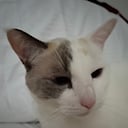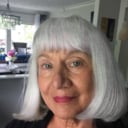Shiatsu is a form of massage therapy developed in which country?
Meaning "finger pressure", shiatsu is a Japanese form of massage popularized in the twentieth century by Tokujiro Namikoshi (1905–2000) in 1947. According to the Japanese Ministry of Health, shiatsu is "a form of manipulation by thumbs, fingers and palms without the use of instruments, mechanical or otherwise, to apply pressure to the human skin to correct internal malfunctions, promote and maintain health, and treat specific diseases. The techniques used in shiatsu include stretching, holding, and most commonly, leaning body weight into various points along key channels."
Whilst the practice of shiatsu is Japanese, it is based on traditional Chinese concepts about energy flow or "Qi". Energy is channelled through pathways in the human body, known as meridians, causing a variety of effects. Shiatsu also evolved from "anma", a Japanese style of massage developed in 1320 by a physician called Akashi Kan Ichi. Anma involved seven traditional techniques: pressing/stroking, grasping/kneading, strengthening, compressing, vibrating, tapping and "hand music".
There is no evidence that shiatsu has any benefits in treating illnesses, although it may help patients feel more relaxed. In 2015, the Australian Department of Health, reviewed alternative therapies to determine whether any of them qualified for health insurance coverage. Since no clear evidence of shiatsu's effectiveness was found, the Australian Government declared it would not qualify for an insurance subsidy.
More Info:
en.wikipedia.org


